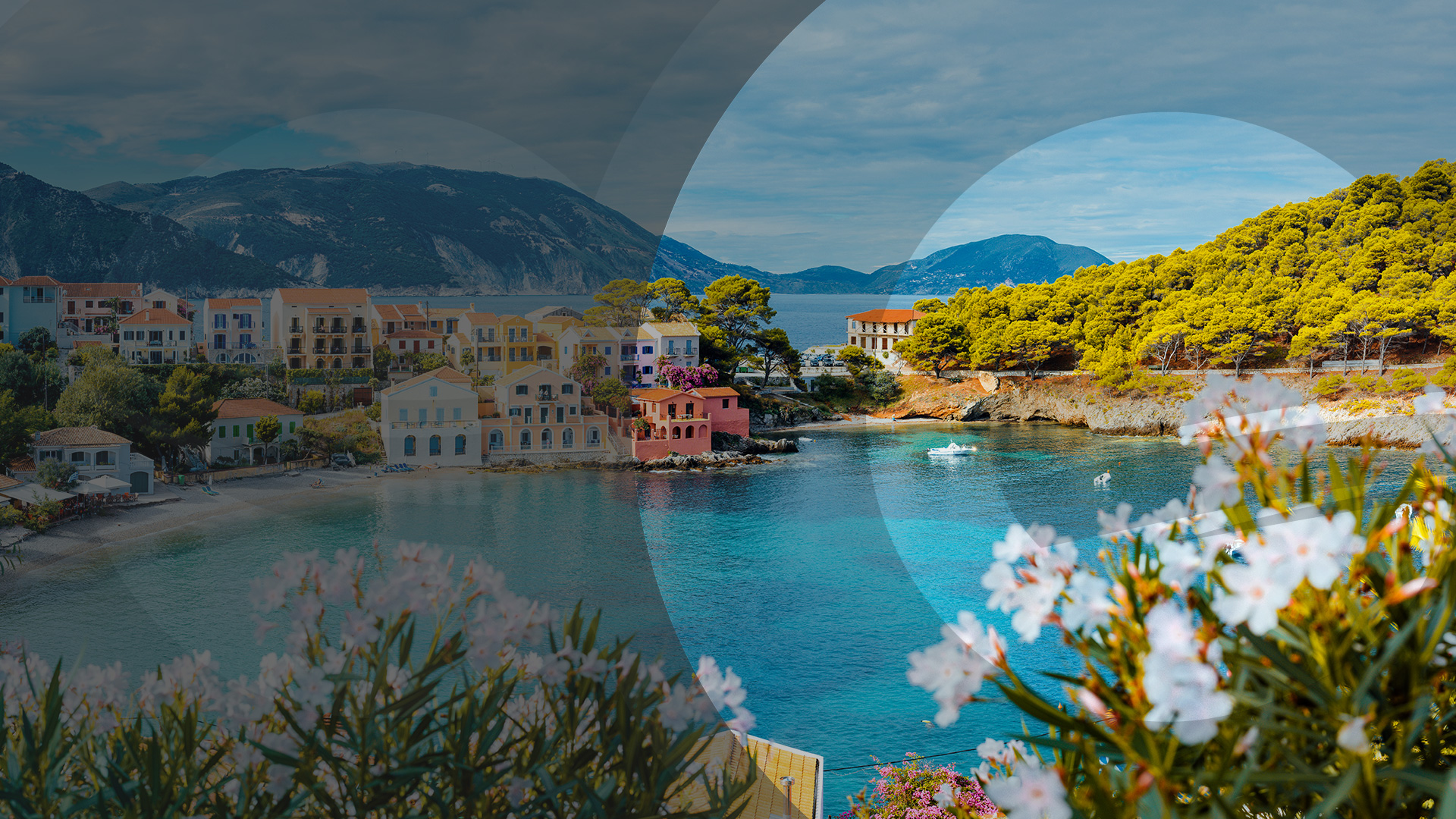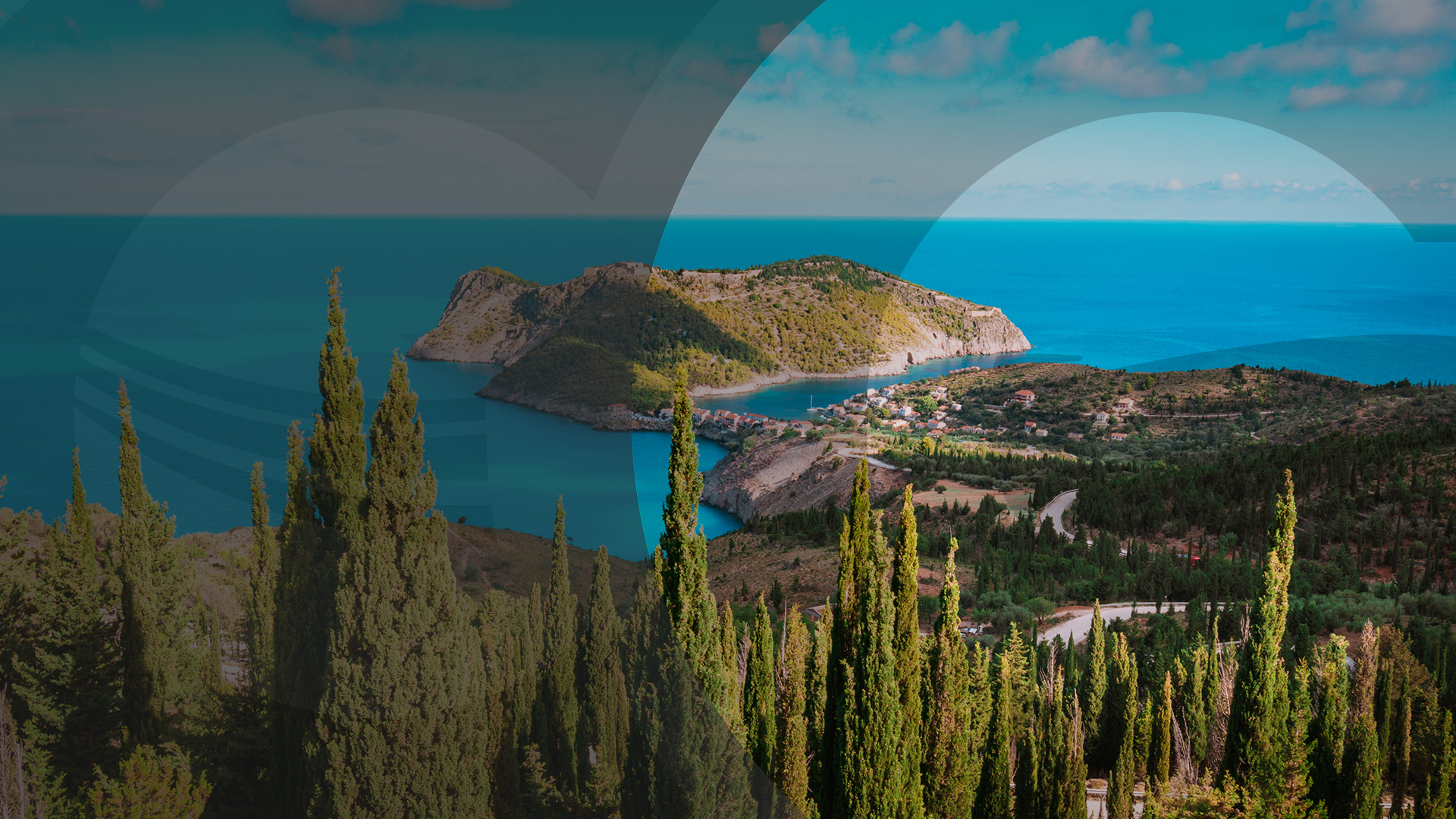Kefalonia
Cephalonia or Kefalonia (Greek: Κεφαλονιά or Κεφαλλονιά), formerly also known as Kefallinia or Kephallenia (Κεφαλληνία), is the largest of the Ionian Islands in western Greece. It is also a separate regional unit of the Ionian Islands region, and the only municipality of the regional unit. The capital of Cephalonia is Argostoli.
The size of the island is about 781 km2 (300 mi2), and the present population density is 55 people per km2 (140/mi2). The town of Argostoli has one-third of the island's inhabitants. Lixouri is the second major settlement, and the two towns together account for almost two-thirds of the prefecture's population.
Cephalonia is in the heart of an earthquake zone, and dozens of minor or unrecorded tremors occur each year. In 1953, a massive earthquake almost destroyed all settlement on the island, leaving only Fiscardo in the north untouched.
Among important natural features are the Melissani Lake, the Drogarati caves, and the Koutavos Lagoon in Argostoli.
The island has a rich biodiversity, with a substantial number of endemic and rare species. Parts of it have been declared a site in the European Union’s Natura 2000 network.
The island's highest mountain is Mount Ainos, with an elevation of 1628 m; to the west-northwest are the Paliki mountains, where Lixouri is found, with other mountains including Geraneia (Gerania) and Agia Dynati. The top of Mount Ainos is covered with fir trees and is a natural park.
Forestry is rare on the island; however its timber output is one of the highest in the Ionian islands, although lower than that of Elia in the Peloponnese. Forest fires were common during the 1990s and the early 2000s and still pose a major threat to the population.
Cephalonia is well known for its endangered loggerhead turtle population which nest on many beaches along the south coast of the island. A small population of the endangered Mediterranean monk seal, Monachus monachus, also lives around the island's coast, especially on parts of the coast which are inaccessible to humans due to the terrain. Caves on these parts of the coast offer ideal locations for the seals to give birth to their pups and nurse them through the first months of their lives.
On the island lives the European pine marten.
Over 200 species of birds have been spotted on the island.




